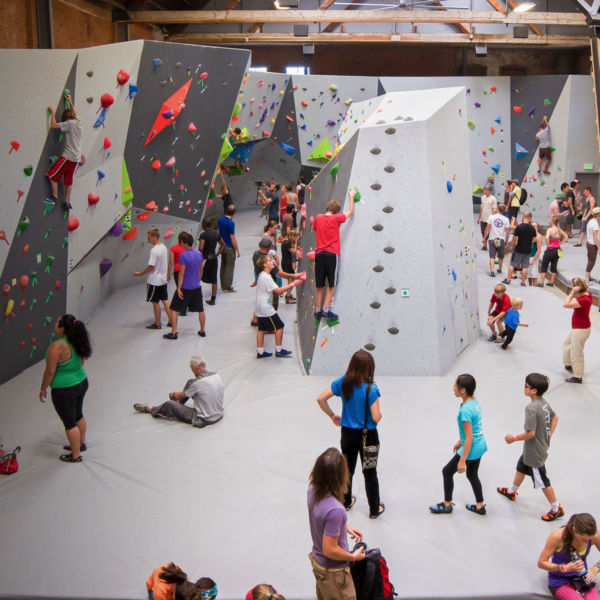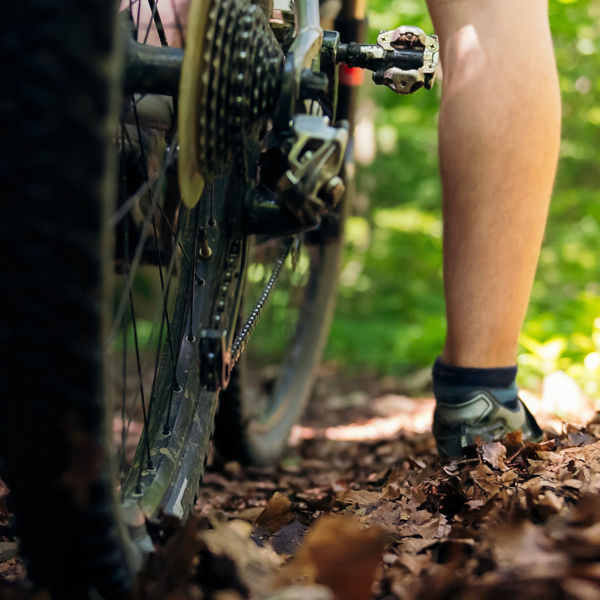
When Mike Vitti started riding bikes, he was the guy that land managers hated.
“Me and my friends, we were all motocross racers, and we were getting kicked off of trails with our motorcycles all the time,” he recalls. Today, Vitti is the president of CLIMB, Long Island’s biggest mountain biking nonprofit, but this was back in the 1970s and ’80s. Back then, motorcycles, ATVs, and dirt bikes were an epidemic on Long Island’s few green spaces. They caused massive erosion, scared off wildlife, and frightened away hikers and other users.
Then, in the 1980s, Vitti and his friends decided to give mountain biking a try. Vitti thought it would be good cross-training for surfing (which he still considers his first love). But he didn’t expect to fall in love with biking.
“I was like, ‘Holy cow this feels so fun it should be illegal,’” he says. The good news was that it wasn’t. The bad news was that, back then, popular opinion usually lumped in mountain bikers with motorcyclists. Hikers hated them, and mountain biking was prohibited on most trail systems.
But Vitti and his friends loved riding, and they wanted to make sure they never got kicked off a trail with their mountain bikes the way they had on their motorcycles. So, in 1990, they incorporated as a nonprofit, the Concerned Long Island Mountain Bikers (CLIMB). Vitti, who has a background in design, construction, and landscaping, got involved with CLIMB a few years later. At first, he just promised to help out with some trail building and erosion management projects. Then, he got really into it.
“I went to the International Mountain Biking Association summits every two years, and started going to these sustainable design classes,” Vitti says. He began to realize that trail designers had the ultimate control over trail use. They had the power to both protect the local environment and completely shape the character and use of a landscape.
“The problem with our trails on Long Island was they were either made by wild animals that hunters would follow, or they were made by teenagers on motorcycles or ATVs,” he says. “So we basically had wild animals and teenagers designing our trails, which is pretty much the same thing.”

































